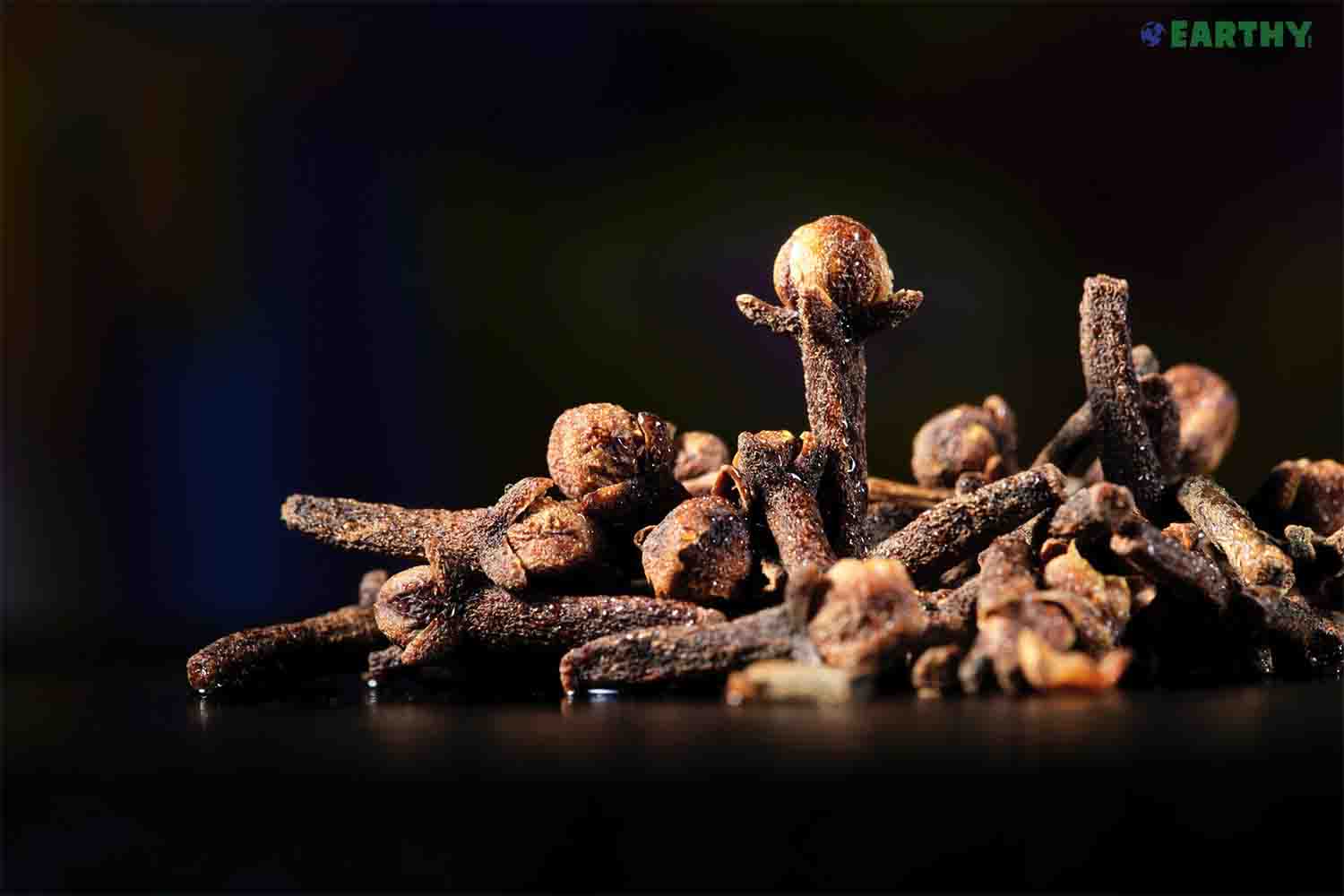Beta-caryophyllene (β-Caryophyllene) is an aromatic terpene found in many plants including black pepper, clove, hops, rosemary, and cannabis. Distinct for its classification as the first known “dietary cannabinoid,” beta-caryophyllene binds to CB2 cannabinoid receptors in the endocannabinoid system in a similar way as THC, CBD, and CBN. For this reason, beta-caryophyllene is sometimes classified as an atypical cannabinoid along with its status as a terpene [1].
What are terpenes?
Terpenes are everywhere. They’re in our food, the essential oils we enjoy, and the cannabis products we use. Put simply, they are the primary constituents of a plant’s essential oil and affect the way it smells and tastes. Cannabis plants simply happen to contain high concentrations of these aromatic compounds. Additionally, terpenes can help a plant survive through the repellent scents they may express, thereby protecting various plant species from being eaten by insects or other animals [2]. On the other hand, terpenes may also emit pleasing aromas to attract pollinators.
Some terpenes have been anecdotally found to contribute to benefits, though more research is needed. Though the effects of specific terpenes are generally regarded as needing additional study to be conclusive, their potential wellness boosting properties remain promising.
What is beta-caryophyllene?
Beta-caryophyllene is unique in that it acts much like a cannabinoid as it selectively binds to CB2 receptors in the body’s endocannabinoid system. A CB2 receptor is a cannabinoid receptor that primarily interprets the effects of non-psychoactive cannabinoids on the immune system.
CB1 receptors, on the other hand, are generally responsible for processing the psychoactive effects associated with certain cannabinoids such as THC. However, CB2 receptors, particularly those in peripheral tissues in the body, may also initiate non-psychoactive benefits [3].
Beta-caryophyllene is a common food additive that has GRAS (Generally Recognized as Safe) status, and is approved by the Food and Drug Administration (FDA) [1].

Uses of non-cannabis beta-caryophyllene
Beta-caryophyllene can be found in and extracted from natural sources like cannabis, black caraway, cloves, hops, basil, oregano, black pepper. For industrial applications, it can be manufactured from industrial turpentine by-products. It is sometimes used:
- as an additive in foods such as spice blends and citrus flavoring, especially in chewing gum
- as a scent for soaps and detergents
- to synthesize other scents including acetyl caryophyllene oxide
- in products that imitate essential oils
- as an isolated natural product for various flavorings [4]
Sources of beta-caryophyllene
Beta-caryophyllene is present in a wide variety of plants. Some natural sources of this terpene are:
- basil
- copaiba
- black caraway
- oregano
- lavender
- cinnamon
- ylang-ylang
- clove oil
- the cannabis plant [4]
Characteristics in cannabis strains
The internet is rife with sites that claim this cannabis terpene can treat everything. However tempting it is to believe these claims, it’s important to be wary of unsubstantiated claims that promise beta-caryophyllene can cure or treat medical conditions. Nonetheless, β-caryophyllene has been shown to contribute to beneficial experiences through the entourage effect. The top 20 cannabis terpenes give particular strains their unique profiles and characteristics.
Entourage effect
Originally proposed in 1999, the entourage effect describes a mechanism by which other compounds in cannabis, such as terpenes and flavonoids, act synergistically with cannabinoids to modulate the overall psychoactive and other effects of the plant [5].
The CB1 and CB2 receptors determine much of the effects of the plant, yet more research is needed to more accurately determine these potential effects.
Beta-caryophyllene strains
So many strains contain beta-caryophyllene that most cannabis consumers are probably familiar. With a spicy, earthy aroma that many describe as smelling like cracked pepper, beta-caryophyllene is high in cannabis strains such as Canna Cake, Super Sour, and Sour Diesel.
Read about Pinene: A Festive Terpene
Efficacy
One of the key questions regarding the role that terpenes play in a strain’s benefits is whether the terpene is expressed in concentrations sufficient enough to have an effect. In other words, lower doses of a given terpene may not yield the desired effects.
Current scientific studies have been conducted with isolated beta-caryophyllene, often in higher doses than what may be reasonably consumed with a beta-caryophyllene-rich cannabis strain. As such, it’s still unclear how much or little of the terpene needs to be used to reach its target.
That said, beta-caryophyllene’s ability to reach CB2 receptors may indicate a greater influence on the endocannabinoid system than other terpenes that do not act as an atypical cannabinoid [1].
Final thoughts
Further research promises to shed yet more light on this intriguing double agent. In the meantime, we will continue to enjoy its unique profile and characteristics in our favorite foods and strains. Order the finest terpenes from Earthy Now!
Why Does it Taste So Good? – Understanding the Terpene Flavor Wheel





